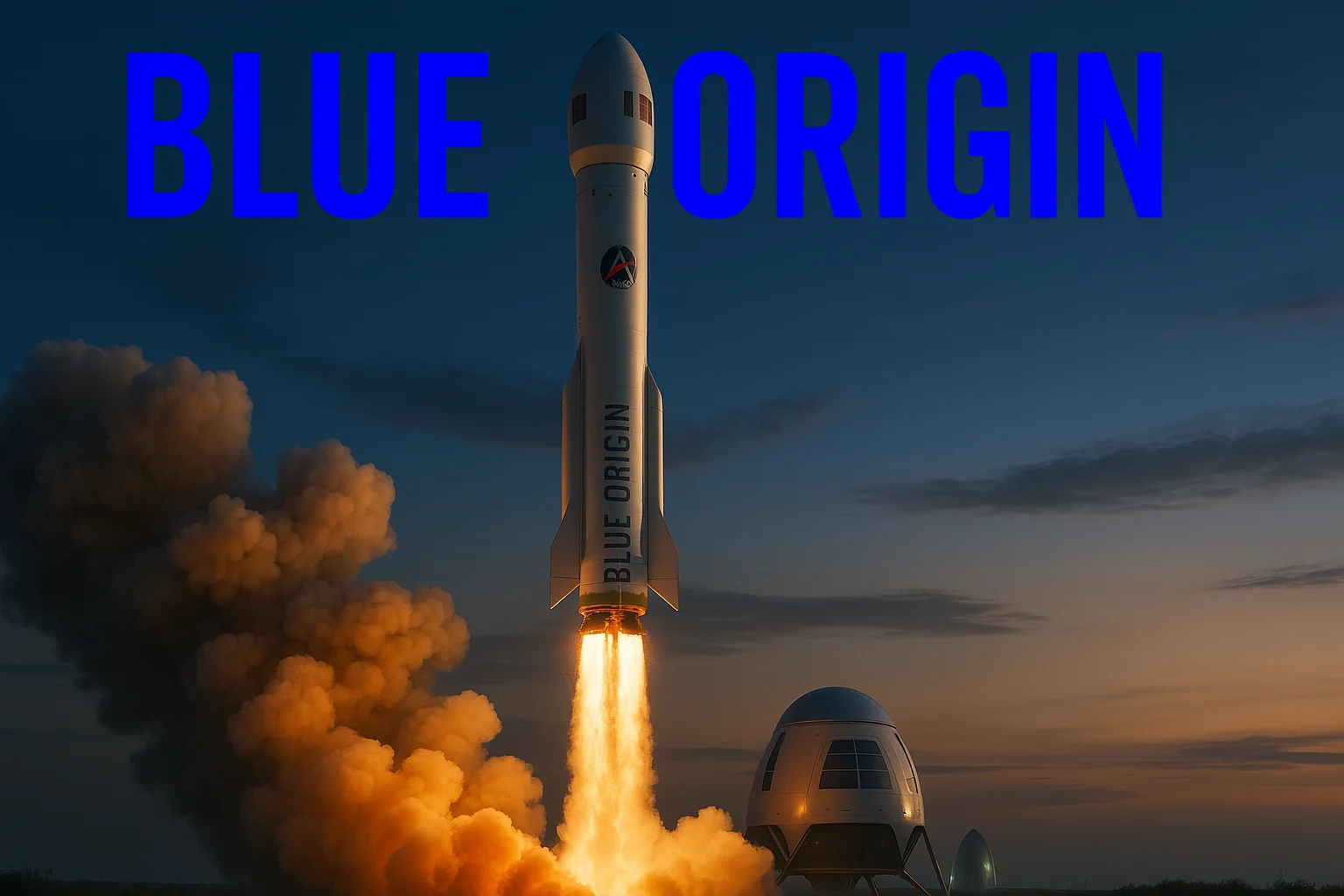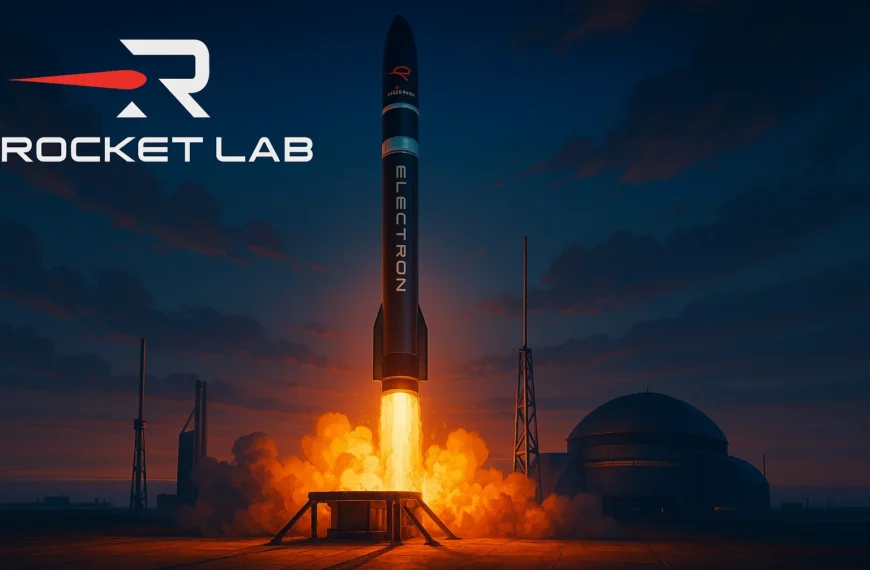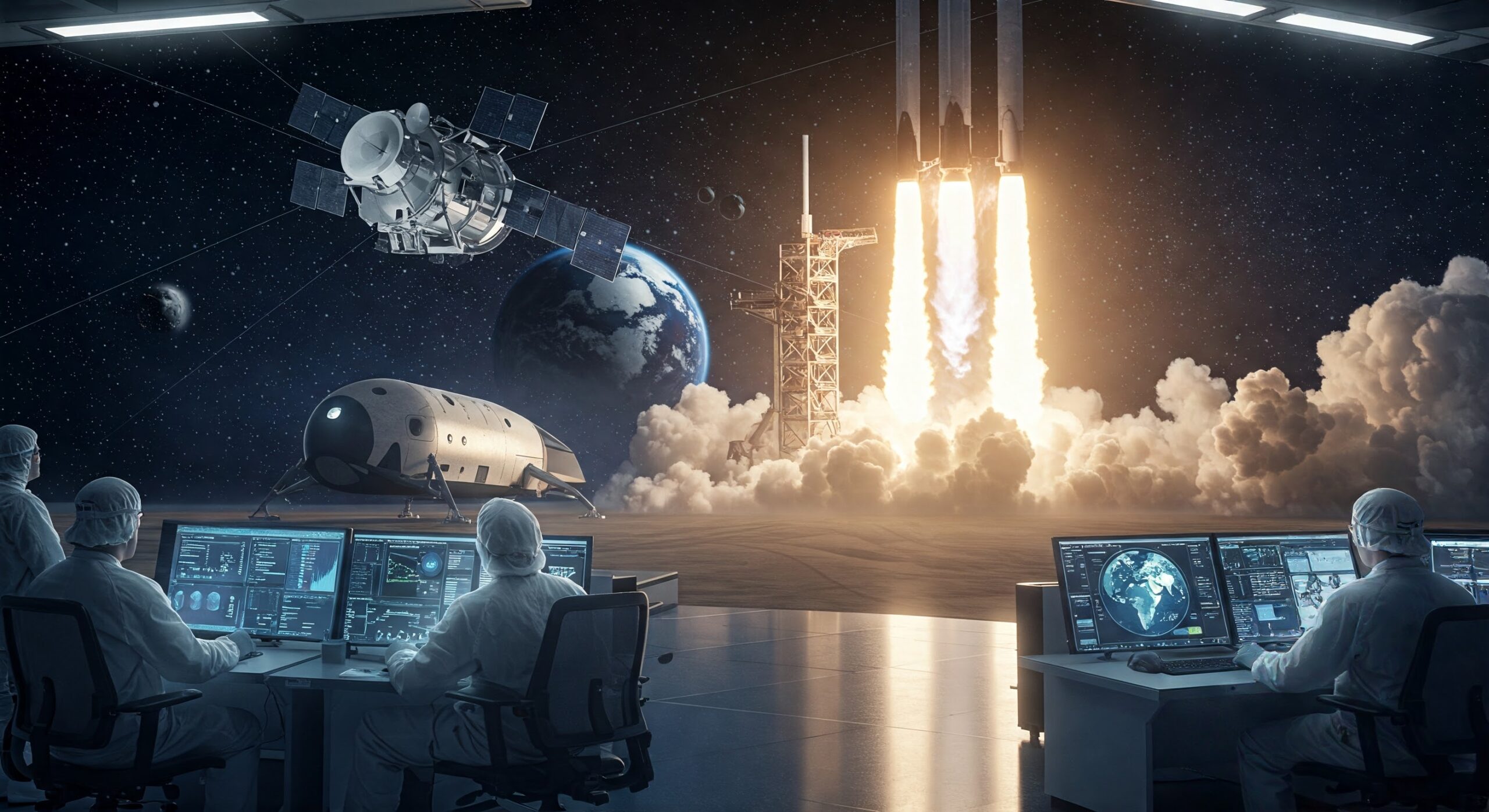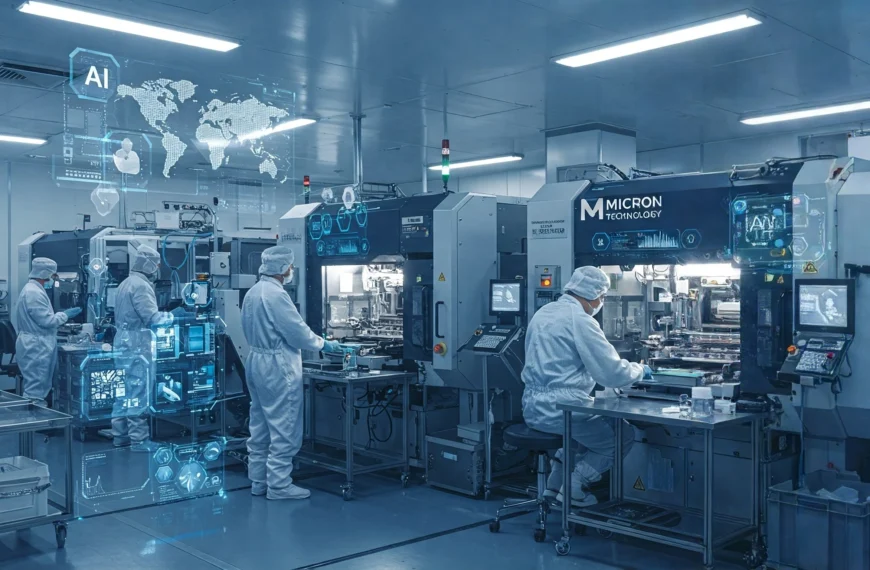Since its founding in 2000 by Amazon billionaire Jeff Bezos, Blue Origin has been a key player in the private space industry. With a vision to enable a future where millions of people live and work in space, the company has made significant strides in reusable rocket technology, lunar exploration, and space tourism.
As we move through 2025, Blue Origin continues to evolve, facing both breakthroughs and challenges. This article provides an in-depth look at the company’s financial standing, career opportunities, technological advancements, and future roadmap.
Founder and Corporate Vision
Jeff Bezos established Blue Origin with the long-term goal of reducing the cost of space travel and making it accessible for future generations. Unlike SpaceX, which focuses on Mars colonization, Blue Origin’s mission centers on sustainable space habitation, with projects like orbital space stations and lunar landers.
Bezos has personally invested over $5.5 billion into the company, ensuring its growth despite not being publicly traded. His philosophy is that heavy investment in space infrastructure today will lead to a future where humanity can harness space resources while preserving Earth.
Financial Overview: Revenue, Valuation, and Funding
As a privately held company, Blue Origin does not disclose exact financial figures. However, industry estimates provide insights into its economic health:
Key Financial Metrics (2023-2025)
- Annual Revenue (2023): Estimated in the hundreds of millions
- Company Valuation (2025): Between 30 billion and 50 billion
- Total Funding Raised: Over $596 million across multiple rounds
- Major Contracts: NASA’s Artemis Program (lunar lander development)
Despite financial strength, Blue Origin faced layoffs in early 2025, reducing its workforce by 10% (approximately 1,000 employees). CEO Dave Limp, who took over in late 2023, cited the need for operational efficiency and faster execution in a competitive market.
Key Projects and Technological Milestones
1. New Glenn: The Heavy-Lift Rocket
In January 2025, Blue Origin successfully launched its New Glenn rocket into orbit on its first attempt, marking a major milestone. Named after astronaut John Glenn, this reusable heavy-lift vehicle is designed to compete with SpaceX’s Falcon Heavy and ULA’s Vulcan Centaur.
- Payload Capacity: Up to 45 metric tons to low Earth orbit (LEO)
- Reusability: First-stage booster designed for 25+ flights
- Commercial & Government Missions: Expected to support satellite deployments, lunar missions, and deep-space exploration
2. New Shepard: Advancing Space Tourism
Blue Origin’s suborbital rocket, New Shepard, has now flown over 50 people to space, including high-profile passengers like Jeff Bezos himself in 2021.
- Altitude: Reaches 100 km (Kármán line)
- Passenger Capacity: Six per flight
- Future Plans: Increased flight frequency and potential commercial space stations
3. Blue Moon: Lunar Lander for NASA’s Artemis Program
Under NASA’s Artemis Program, Blue Origin is developing the Blue Moon lunar lander, aiming to return humans to the Moon by the late 2020s.
- Payload Capacity: Up to 3 metric tons of cargo
- Human-Rated Version: Designed to carry astronauts
- Competition: Faces rivalry with SpaceX’s Starship HLS
Career Opportunities at Blue Origin
With around 14,000 employees, Blue Origin offers diverse roles in engineering, software development, and operations. Some of the most sought-after positions include:
1. Rocket Propulsion Engineer
- Focuses on engine design, testing, and optimization
- Works on BE-4 engines (used in New Glenn and ULA’s Vulcan)
2. Aerospace Engineer
- Involved in spacecraft and launch vehicle design
- Contributes to lunar lander and orbital habitat projects
3. Software Developer
- Builds flight control systems, automation, and mission software
- Ensures real-time data processing for launches
4. Systems Engineer
- Integrates complex aerospace systems
- Works on safety and mission assurance
Interested candidates can explore job openings at Blue Origin’s official careers page.
Challenges and Competition
While Blue Origin has made significant progress, it faces several hurdles:
1. Competition with SpaceX
- SpaceX dominates the orbital launch market with Falcon 9 and Starship
- Starlink satellite network gives SpaceX a commercial edge
- NASA contracts are increasingly competitive
2. Delays in New Glenn Development
- Originally slated for a 2021 debut, New Glenn faced multiple delays
- First successful launch in 2025 puts it behind SpaceX’s Falcon Heavy
3. Workforce Reductions
- February 2025 layoffs indicate restructuring for long-term efficiency
- Critics argue Blue Origin needs faster execution to compete
Future Plans: What’s Next for Blue Origin?
2025 is a pivotal year for Blue Origin, with key milestones:
✔ New Glenn’s First Orbital Launch (Jan 2025) – A major success!
✔ Lunar Landers for NASA’s Artemis Program – Returning humans to the Moon
✔ Expanding Space Tourism (New Shepard) – Over 50 people flown to space so far
The company is also working on orbital space stations, hinting at a future where humans live and work beyond Earth.
FAQs :
Q: What is Blue Origin’s primary goal?
To lower spaceflight costs and enable millions to live and work in space, preserving Earth.
Q: How does Blue Origin compare to SpaceX?
Blue Origin focuses on space tourism and lunar missions; SpaceX has broader operations, valued at $137B vs. Blue Origin’s $30–$50B.
Q: When will Blue Origin go public?
No IPO plans as of 2025; it remains private to prioritize long-term goals.
Q: What recent achievements has Blue Origin accomplished?
Launched New Glenn to orbit in January 2025 and completed over 10 New Shepard human flights.
Q: How can I work for Blue Origin?
Apply for engineering, science, or tech roles at Blue Origin Careers website.














Leave a Comment